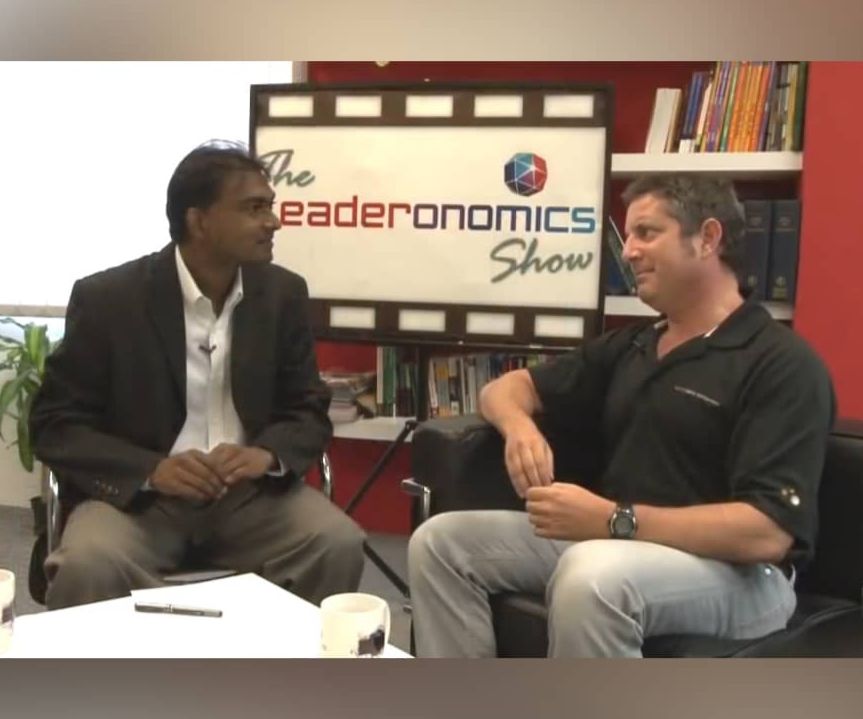How to deliver successful Change Management (Part 2)

Image by Freepik.
Read part 1 of this six part series here:
How to Deliver Successful Change Management (Part 1)
Any plan for an effective change management process which introduces a new approach must engage staff at all levels; team members, senior executives, and the HR function.
Whilst we all think it’s important to get things moving one of the clear reasons for failure of change and transformation is that it wasn’t a very good plan in the first place.
That said there has to be some sense of momentum and urgency in planning and then implementing. All of us have seen change initiatives which have involved such levels of discussion and debate, that by the time the change has started to be implemented, the world has moved on and the change is already out of date.
So a balance has to be struck between ensuring you have a viable plan but making sure that the creation of that plan is slick and optimised in terms of the time it takes to move to implementation.
Build Your Plan Foundations
A good foundation is identifying the right people who need to be involved in the creation of the plan, who need to be consulted and provide input to the plan, who need to be a key sponsors or champions of the plan, who need to know about the plan and who need to implement.
Once you have your best planning team in place then this core group can work on building the detail of the plan to achieve the objective required. This will include elements such as timelines, responsibility’s and accountability, milestones on the journey and success measures to tell you when you’ve got to the destination. It might also include technical project management elements such as critical path analysis. But these are only tools to ensure the success of the plan. They won’t make a poorly assessed need, objective or plan better.
Your core planning group should not fall into the trap of working in isolation which happens too often. I believe that to have successful implementation, 50% of their time needs to be spent on consultation and communication as well as planning.
Power of consultation
Consultation and communication gives planners the opportunity to access information which may be critical to the potential success of implementation, ideas which may help implementation, identify potential problem areas that may arise and to start gaining buy in from those who have to implement the change plan.
Consultation is not about changing the end destination because in many cases this would have been decided by senior leadership given their strategic assessment. But that does not preclude the involvement of employees answering the question “if we want to achieve this outcome how best do you think we could do it ?” This is essentially starting to create your communication plan through consultation; a great way to get ahead of the game.
In significant transformations where I have used this approach you cannot underestimate the emotional and political significance to employees of them being asked for their opinion and, even if they as an individual have not been asked themselves, if they know someone who has. This moves the change plan from being “their”, as in the senior leaders , to “our” change plan, as in “everyones”. That’s why this is probably one of the top 3 points I emphasise as a change management speaker and advisor.
Whilst at London Underground during the creation and implementation of the Public Private Partnership, the restructuring of London Underground into four parts three of which were privatised and one remaining in the public sector, we used focus groups to get employees input on how they thought the change could best be implemented.

Image from rawpixel.com on freepik
We ensured that there was one representative from every team in the focus groups. Prior to the focus group the attendees were asked to discuss with their colleagues what they thought they should say to the focus group. Thus effectively every employee had the opportunity to input to the creation the plan.
It's worth noting at this point there is significant evidence that asking employees for their ideas at any time increases their effort and engagement, Corporate Executive Board suggests by up to 26%, which then, in itself, increases your chances of success.
Taking these steps during the planning process then allows you to optimise the plan prior to implementation. But this phase is also useful to identify the key groups who will help you ensure implementation is effective.
Power of Change Champions
You will probably have already identified your key senior leadership sponsors but often in such initiatives opportunities are missed identify and engage Change Champions. These are individuals who are respected influencers at all levels of the organisation who you engage in the planning process before implementation so that they are fully up to speed when implementation occurs. They can then champion implementation within their influence groups.
A good group of people to use in this role is those who might have been identified as high potentials. This engages them further in the organisations wider strategy, increases their perception of the value that the organisation gives to them, develops their influencing skills and increases their responsibilities.
Leader actions pre – Implementation – Inform, Engage, Inspire
Also at this stage it’s important to make clear to team leaders and more senior leaders what they are expected to do to ensure successful implementation, including their role as Change Champions. Many of them would already have been involved in the consultation process in some way and be aware of the overall plan however that doesn’t mean they are clear on their responsibilities in relation to specific implementation actions.
Leaders responsibilities relate not only to the implementation of plan itself but in their role creating an environment prior to implementation where people will give their best to ensure that implementation is successful. Leaders need to inspire people about whats going to happen before it happens not once its started. This goes back to the fundamental point that even the best plan in the world is useless if people just don’t care and aren’t bothered about implementing it.
Power of emotion to enable change
It’s worth noting that the evidence suggests that an employee’s decision to give high performance is 60% rational and 40% emotional. This shows why its vital to get your that plan resonating with employees and in particular answering that ‘what’s in it for me’ question.
Image from chrisroebuck.live
Another critical point to note is that 80% of the emotional element to give their best is determined by the day-to-day behaviour of the individual’s boss – within this developing trust is one of the most powerful drivers of emotional engagement.
But it's not just in terms of the decision to give high performance. It's also the impact of that on effort once the decision has been made. An employees positive rational connection with the organisation may produce up to 19% extra effort, but their emotional connection can produce up to 43% more effort. (see page 10)
Think about that difference, a staggering 24%, thats the power of emotion.
Ensure Leaders Capability
You need to ensure your leaders are up to this task. HR needs to deliver an accurate assessment of this and make up any shortfalls in change leadership capability before implementation starts, not after it’s started.
One of my top points of emphasis as a change management speaker and advisor is that your leaders must have slick task delivery skills – prioritisation, time management, delegation, communication and giving feedback . If they haven’t you need to take action as these are the foundation on which successful change is built. And the evidence I have is that less than 70% of leaders have been shown how to delegate effectively.
The simple reality is most leaders will need guidance on how to champion change. As a change management speaker and advisor that’s what I try to deliver via short training programs, face to face or via online courses, with an “Effective Change Manager’s Handbook” as a takeaway comprehensive guide with the necessary steps for success.
Use Planning for Engagement and Positioning
Thus it’s possible to use the planning phase not only to build the plan but to get ahead by starting engaging and positioning the plan with everybody involved prior to your launch. If you do this then everybody is aware of what is going on, they know why it’s going on, they’ve had the opportunity to input in some way and in the process potentially have any concerns they have dealt with.
By using this strategy you have set up your implementation to be successful from the moment you start rather than many change initiatives we’ve all seen where it’s sprung on everybody as a surprise, for many people a nasty surprise which they will proactively resist. People need to be deeply engaged from the start.
Key points:
- Identify key people:
- Core planning group – consisting of key implementation stakeholders
- Strategic Sponsor – senior level change champion.
- Other Change Champions at all levels
- Those who need to input or be consulted
- Those who need to implement
- Those who need to be informed as they might not implement but will be impacted.
- Maintain 2 way communication with core planning group and all other groups
- Use this to engage everyone prior to implementation
- Make sure leaders task delivery skills are effective in preparation for implementation

Read parts 3 to 6 of this six part series here:
How to Deliver Successful Change Management (Part 3)
How to Deliver Successful Change Management (Part 4)
How to Deliver Successful Change Management (Part 5)
How to Deliver Successful Change Management (Part 6)
This was first republished on chrisroebuck.live.
Leadership
Tags: Business Management, Executing Leadership, Transformation & Change
Chris Roebuck has more than 30 years unique experience as a leader in military, business and government. His insights as one of HRs Most Influential Thinkers (9 times awarded), Hon Visiting Professor of Transformational Leadership at City Business School, London, neuroscience accredited executive coach and member of Newsweeks Expert Forum, a small group of just over 100 leading global experts, has inspired 21,000+ leaders in 186 organisations in 28 countries. As a business and leadership expert he has been interviewed on TV 350 + times, quoted in Wall Street Journal, FT, Forbes, Business Week and others, and written 5 books on leadership. For more information, visit https://chrisroebuck.live/







